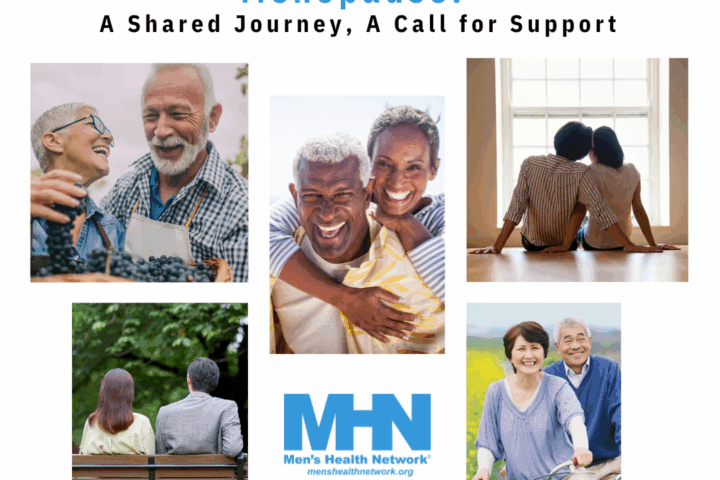Editorial note: Many, many rigorous scientific studies confirm that men and women can be–and are–victims as well as perpetrators of domestic violence. In this article, Dr. Nancy C. Lee talks about violence against women. In future posts, we’ll address violence against men.
“Sunlight is said to be the best of disinfectants.” —Supreme Court Justice Louis Brandeis, 1914
Domestic violence has been in the news a lot lately. Intimate partner violence (also known as IPV or domestic violence) is not new, but it is widespread. New research from the Centers for Disease Control and Prevention (CDC) shows how staggering the problem is: over 38 million women in the United States experience violence at the hand of a husband, boyfriend, or other partner during their lifetime. But what many people don’t know is that the number declined significantly in the last 20 years, in part because of the Violence Against Women Act of 1994 (VAWA).
Prior to VAWA, in many states physical and sexual violence against a woman by someone she knew was not considered as serious a crime as was an attack by a stranger. Thinking about it now, it’s hard to believe.

VAWA was a major national recognition of the severity of partner violence against women and the need for change. Renewed last year, the law provides funding for criminal investigation, prosecution, and harsher penalties for abusers. It also supports programs and services such as the National Domestic Violence Hotline, rape crisis centers, violence prevention programs, legal aid for survivors, and protections for traditionally underserved populations such as Native Americans, undocumented individuals, women with disabilities, and lesbian, bisexual, and transgender women.
VAWA has had a big impact — IPV declined by 67% between 1993 and 2010, due in part to changes like these:
- All 50 states have updated their laws so that rape is now subject to the same punishment whether or not the victim knows the perpetrator.
- Police, prosecutors, and judges now receive training on handling IPV cases.
- If police officers have reason to suspect IPV, they may now arrest someone for committing the crime without an arrest warrant.
- Victims no longer have to pay for their own rape exams or to have a protection order (also called a restraining order) served to their abuser.
Perhaps the most important change to come from VAWA was the acknowledgment that domestic violence exists. Historically, we avoided the topic, preferring to think of it as a “private” or “family” issue that happens only to other people, when it actually affects people of all ages, races, ethnicities, and educational and socioeconomic backgrounds. The more we talk openly about the reality of domestic violence — the more we let sunlight shine on this issue — the more progress we can make.
At a recent event celebrating the 20th anniversary of VAWA, Vice President Biden (the original author of the law) voiced a goal that I believe is necessary and attainable: “We are not going to succeed until America embraces the notion… that under no circumstance does a man ever have a right to raise a hand to a woman other than in self-defense.” In order to reach this goal, we must start with open, honest discussion about the painful problem of domestic violence. Not only is this discussion good for society, it can help women caught in violent relationships and the children that live in these abusive homes. When we talk openly about the many forms abuse can take and deem these actions wrong and criminal, we help others identify abuse in their lives and show them a path to change.
How can you help? Start a dialogue. Share this simple, easy-to-read infographic with friends and family and post it on your social networks in whatever way feels right for you. Don’t be surprised if your doctor asks questions about your relationships and home life. IPV screening is covered under all Marketplace and most other health coverage plans, at no additional cost. And don’t forget the girls in your life; at least 1 in 10 teens experience physical violence in their relationships. Talk to them about healthy relationships, abuse, and what they should do if someone hurts them.
If we open up this problem to the sunlight, we can make a difference for millions of women.
Ed. note: This blog post is cross-posted from HuffingtonPost.com. The original post date was October 23, 2014. Read the original post.



